Problems with Behaviour:Win32/SuspLummalnj? Read this guide — we’ll show in plain language what this threat is, how it sneaks into Windows, what it tries to do once it’s running, and the practical cleanup steps to remove it and keep your data safe.
Behaviour:Win32/SuspLummalnj Malware
Behaviour:Win32/SuspLummalnj is a deceptive Trojan virus that masquerades as an Adobe Reader installer to look trustworthy. Once executed, it spawns a background process and quietly downloads and launches extra malicious modules without asking. Because its main role is to pull in additional threats — including info-stealers, spyware, and even ransomware — it’s considered a downloader-type Trojan.
From our review of incidents, Behaviour:Win32/SuspLummalnj typically shows up after interacting with fake update pop-ups, cracked or repacked apps, and freeware installers from untrusted sites. Many cases begin when a user opens a booby-trapped email attachment or runs a “free” utility whose setup routine silently drops the Trojan alongside the legitimate program.
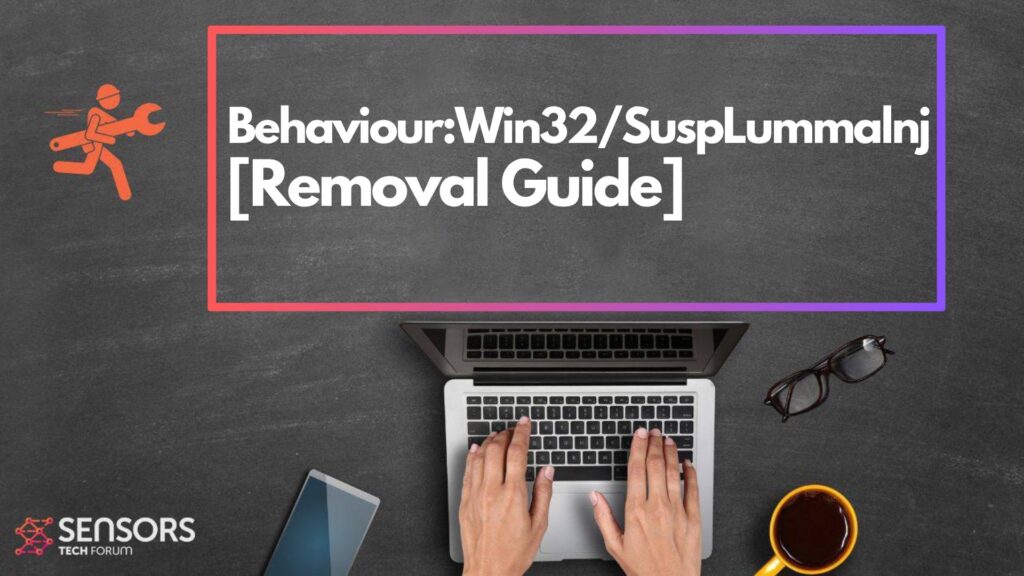
Behaviour:Win32/SuspLummalnj Details
| Type | Fake adult website. Browser Hijacker, Redirect, PUP |
| Removal Time | Around 5 Minutes |
| Removal Tool |
See If Your System Has Been Affected by malware
Download
Malware Removal Tool
|
Behaviour:Win32/SuspLummalnj Loader – Why Is It on My System?
If your security tool flags “Behaviour:Win32/SuspLummalnj Loader,” the system is already compromised. This loader variant is frequently embedded inside crack tools, bogus updaters, or license activators that try to mimic normal Windows activity. By blending with common process names, it can maintain persistence with little to no visible symptoms while creating scheduled tasks or startup entries in the background.
Our telemetry indicates the Loader spreads via torrent bundles, fake “Download” buttons, and malvertising banners. After launch, it reaches out to attacker-controlled servers, enabling monitoring of activity, exfiltration of sensitive information, and on-demand delivery of fresh malware families.
Key Features and Risks of Behaviour:Win32/SuspLummalnj Malware
Distributing Other Malware
This Trojan acts as a delivery hub. It fetches and deploys payloads such as ransomware, keyloggers, and banking Trojans, often using deceptive dialogs or drive-by mechanisms to bypass user awareness and slip past weak defenses.
System Manipulation
After infection, the malware modifies important registry keys and system files to auto-start with Windows. It layers obfuscation and basic encryption to hinder detection and make routine antivirus cleanup unreliable, increasing the chance the infection returns after reboot.
Stealing Sensitive Data
Data theft is a primary objective. The Trojan can record keystrokes, collect saved passwords and payment info, inspect browser sessions, and capture screenshots. The harvested data is transmitted to remote servers where it may be misused for fraud or sold to other actors.
Hacker Control and Exploitation
By connecting to its command-and-control server, the malware grants remote operators access to the infected host. They can execute commands, push new payloads, and repurpose your machine for spam campaigns, crypto-mining, or botnet activity — typically without any clear on-screen warnings.
Preparation before removing Behaviour:Win32/SuspLummalnj.
Before starting the actual removal process, we recommend that you do the following preparation steps.
- Make sure you have these instructions always open and in front of your eyes.
- Do a backup of all of your files, even if they could be damaged. You should back up your data with a cloud backup solution and insure your files against any type of loss, even from the most severe threats.
- Be patient as this could take a while.
- Scan for Malware
- Fix Registries
- Remove Virus Files
Step 1: Scan for Behaviour:Win32/SuspLummalnj with SpyHunter Anti-Malware Tool
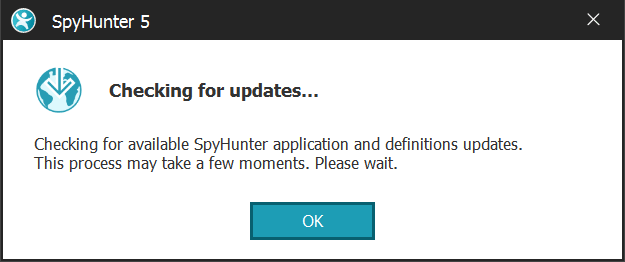

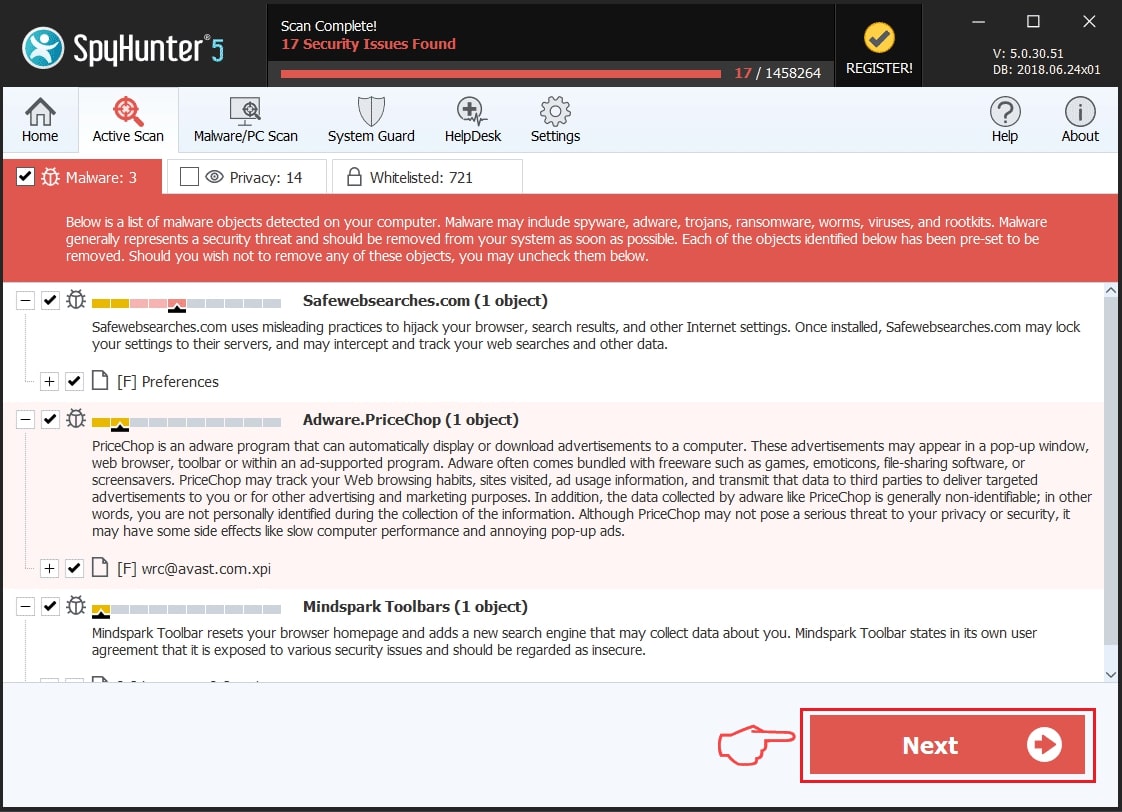
Step 2: Clean any registries, created by Behaviour:Win32/SuspLummalnj on your computer.
The usually targeted registries of Windows machines are the following:
- HKEY_LOCAL_MACHINE\Software\Microsoft\Windows\CurrentVersion\Run
- HKEY_CURRENT_USER\Software\Microsoft\Windows\CurrentVersion\Run
- HKEY_LOCAL_MACHINE\Software\Microsoft\Windows\CurrentVersion\RunOnce
- HKEY_CURRENT_USER\Software\Microsoft\Windows\CurrentVersion\RunOnce
You can access them by opening the Windows registry editor and deleting any values, created by Behaviour:Win32/SuspLummalnj there. This can happen by following the steps underneath:
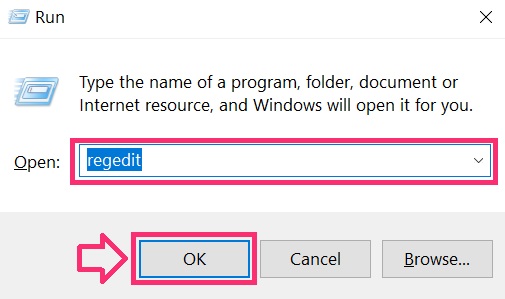

 Tip: To find a virus-created value, you can right-click on it and click "Modify" to see which file it is set to run. If this is the virus file location, remove the value.
Tip: To find a virus-created value, you can right-click on it and click "Modify" to see which file it is set to run. If this is the virus file location, remove the value.Step 3: Find virus files created by Behaviour:Win32/SuspLummalnj on your PC.
1.For Windows 8, 8.1 and 10.
For Newer Windows Operating Systems
1: On your keyboard press + R and write explorer.exe in the Run text box and then click on the Ok button.

2: Click on your PC from the quick access bar. This is usually an icon with a monitor and its name is either “My Computer”, “My PC” or “This PC” or whatever you have named it.

3: Navigate to the search box in the top-right of your PC's screen and type “fileextension:” and after which type the file extension. If you are looking for malicious executables, an example may be "fileextension:exe". After doing that, leave a space and type the file name you believe the malware has created. Here is how it may appear if your file has been found:
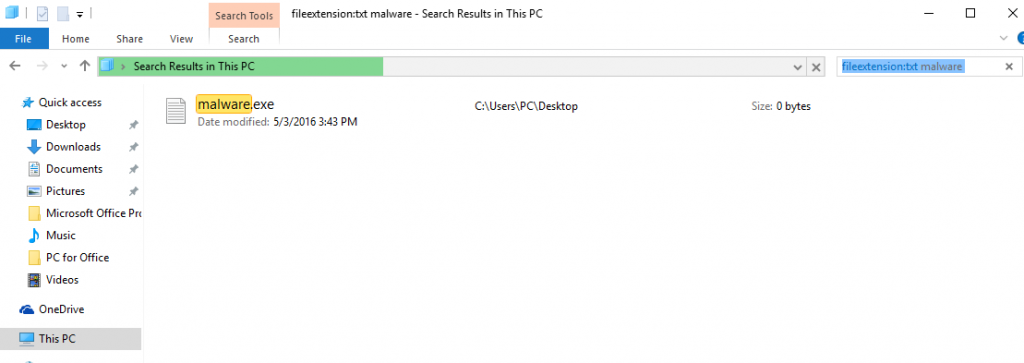
N.B. We recommend to wait for the green loading bar in the navigation box to fill up in case the PC is looking for the file and hasn't found it yet.
2.For Windows XP, Vista, and 7.
For Older Windows Operating Systems
In older Windows OS's the conventional approach should be the effective one:
1: Click on the Start Menu icon (usually on your bottom-left) and then choose the Search preference.
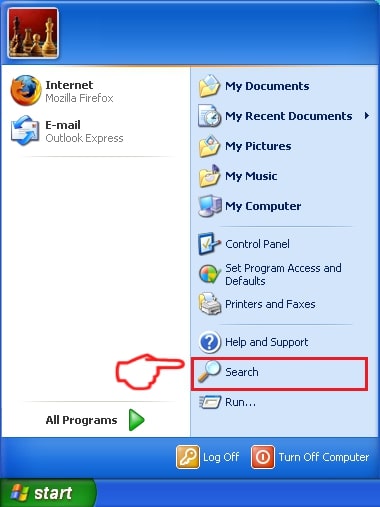
2: After the search window appears, choose More Advanced Options from the search assistant box. Another way is by clicking on All Files and Folders.

3: After that type the name of the file you are looking for and click on the Search button. This might take some time after which results will appear. If you have found the malicious file, you may copy or open its location by right-clicking on it.
Now you should be able to discover any file on Windows as long as it is on your hard drive and is not concealed via special software.
Behaviour:Win32/SuspLummalnj FAQ
What Does Behaviour:Win32/SuspLummalnj Trojan Do?
The Behaviour:Win32/SuspLummalnj Trojan is a malicious computer program designed to disrupt, damage, or gain unauthorized access to a computer system. It can be used to steal sensitive data, gain control over a system, or launch other malicious activities.
Can Trojans Steal Passwords?
Yes, Trojans, like Behaviour:Win32/SuspLummalnj, can steal passwords. These malicious programs are designed to gain access to a user's computer, spy on victims and steal sensitive information such as banking details and passwords.
Can Behaviour:Win32/SuspLummalnj Trojan Hide Itself?
Yes, it can. A Trojan can use various techniques to mask itself, including rootkits, encryption, and obfuscation, to hide from security scanners and evade detection.
Can a Trojan be Removed by Factory Reset?
Yes, a Trojan can be removed by factory resetting your device. This is because it will restore the device to its original state, eliminating any malicious software that may have been installed. Bear in mind that there are more sophisticated Trojans that leave backdoors and reinfect even after a factory reset.
Can Behaviour:Win32/SuspLummalnj Trojan Infect WiFi?
Yes, it is possible for a Trojan to infect WiFi networks. When a user connects to the infected network, the Trojan can spread to other connected devices and can access sensitive information on the network.
Can Trojans Be Deleted?
Yes, Trojans can be deleted. This is typically done by running a powerful anti-virus or anti-malware program that is designed to detect and remove malicious files. In some cases, manual deletion of the Trojan may also be necessary.
Can Trojans Steal Files?
Yes, Trojans can steal files if they are installed on a computer. This is done by allowing the malware author or user to gain access to the computer and then steal the files stored on it.
Which Anti-Malware Can Remove Trojans?
Anti-malware programs such as SpyHunter are capable of scanning for and removing Trojans from your computer. It is important to keep your anti-malware up to date and regularly scan your system for any malicious software.
Can Trojans Infect USB?
Yes, Trojans can infect USB devices. USB Trojans typically spread through malicious files downloaded from the internet or shared via email, allowing the hacker to gain access to a user's confidential data.
About the Behaviour:Win32/SuspLummalnj Research
The content we publish on SensorsTechForum.com, this Behaviour:Win32/SuspLummalnj how-to removal guide included, is the outcome of extensive research, hard work and our team’s devotion to help you remove the specific trojan problem.
How did we conduct the research on Behaviour:Win32/SuspLummalnj?
Please note that our research is based on an independent investigation. We are in contact with independent security researchers, thanks to which we receive daily updates on the latest malware definitions, including the various types of trojans (backdoor, downloader, infostealer, ransom, etc.)
Furthermore, the research behind the Behaviour:Win32/SuspLummalnj threat is backed with VirusTotal.
To better understand the threat posed by trojans, please refer to the following articles which provide knowledgeable details.

